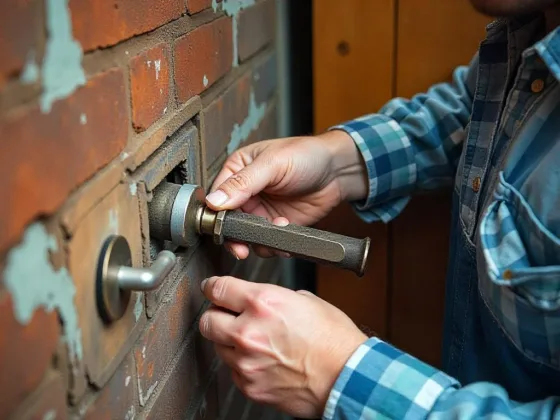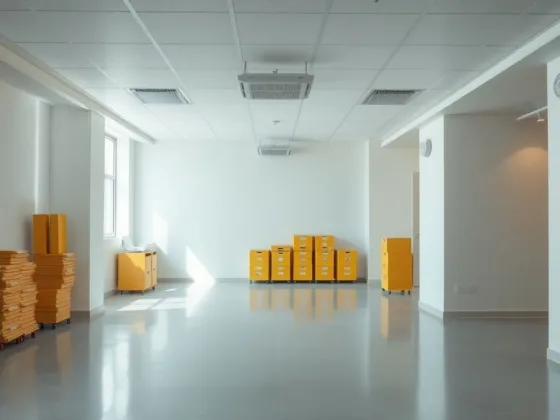Table of Contents Show
The best things in this life are created by nature and when it comes to domestic flooring, cork is the ideal choice for many reasons.

Modern harvesting does not harm the trees, which is comforting to know, and if you’re already convinced and are planning a self-installation of your new cork flooring, here is a guide to make things easier.
Material Acclimatisation
Cork is a natural material that responds to the external environment; when you buy top-quality cork floor tiles, you need to place the packs in the room to be refloored, open each one to allow the air to penetrate, and leave them for 48 hours, during which time the cork will react and there will be no further movement.
Whether in plank or tile form, they need to be exposed to the air in the room to be refloored; ignore this and you might have a warped floor, which would tear the material.
Read Also:
Installing On Concrete
If you are planning to install cork planks on concrete, you need a sublayer for waterproofing; for the best selection of floor underlay material, you may want to visit nearby cork floor suppliers Sydney or your city has.
Most of them have showrooms near your location where you can get the best advice when it comes to flooring, and they have step-by-step guides for installing on concrete so that you won’t have any issues. All it takes is a quick online search to find one in your location.
Installing On Plywood
A concrete or screed floor can be covered with thin plywood, which is what a professional would do. Let’s not forget the polythene underlay, which is a layer of insulation.
This layer can be inserted under the plywood or on top; there are lots of YouTube how-to tutorials to help you with the project. The ideal thickness is 3/8th of an inch and make sure the floor is level before installing the underlay.
Don’t Forget the Expansion Gaps
Expansion gaps on all walls should be a half inch, which is ample to allow for floor movements. You can buy plastic spacers to ensure you have a straight line.
Once the product arrives, store it (open pack) in the target room for at least 48 hours, as cork can move depending on the temperature and humidity.
Installation
When you are sure that everything is clean and you have all the tools and equipment you need, you can start at one corner of the room, spreading adhesive 10-15 minutes prior to laying the cork tiles/planks.
Work methodically, and keep the workspace clean and tidy while being mindful of everything. Planks are tongue and groove, which makes for a tight, even finish, while tiles should be tapped into place with a rubber mallet.
Remove the spaces around the perimeter before you apply the varnish and allow 40 hours for drying, keeping windows and doors open.
Sustainable Harvesting
If you care about the environment, sustainable cork harvesting takes place every 9 years and with a rotation orchard, the trees are unharmed; indeed, the harvesting process stimulates new growth.
Choose your product wisely and you will reduce your carbon footprint with eco-friendly cork flooring.
Cork Sealant
Sealing the floor, while most cork flooring products come pre-sealed, you may want to apply 2 coats of polyurethane varnish, which gives the floor another layer of protection.
After the second coat has dried, you can start bringing in furniture. Use rubber pads for heavy items to prevent indentations.
You can’t really go wrong if you watch a few ‘how to install cork flooring’ videos on YouTube and hopefully, you derive a lot of job satisfaction with your latest project.
You will save a lot of money by self-installing and the key to success is substrate preparation and quality materials.










